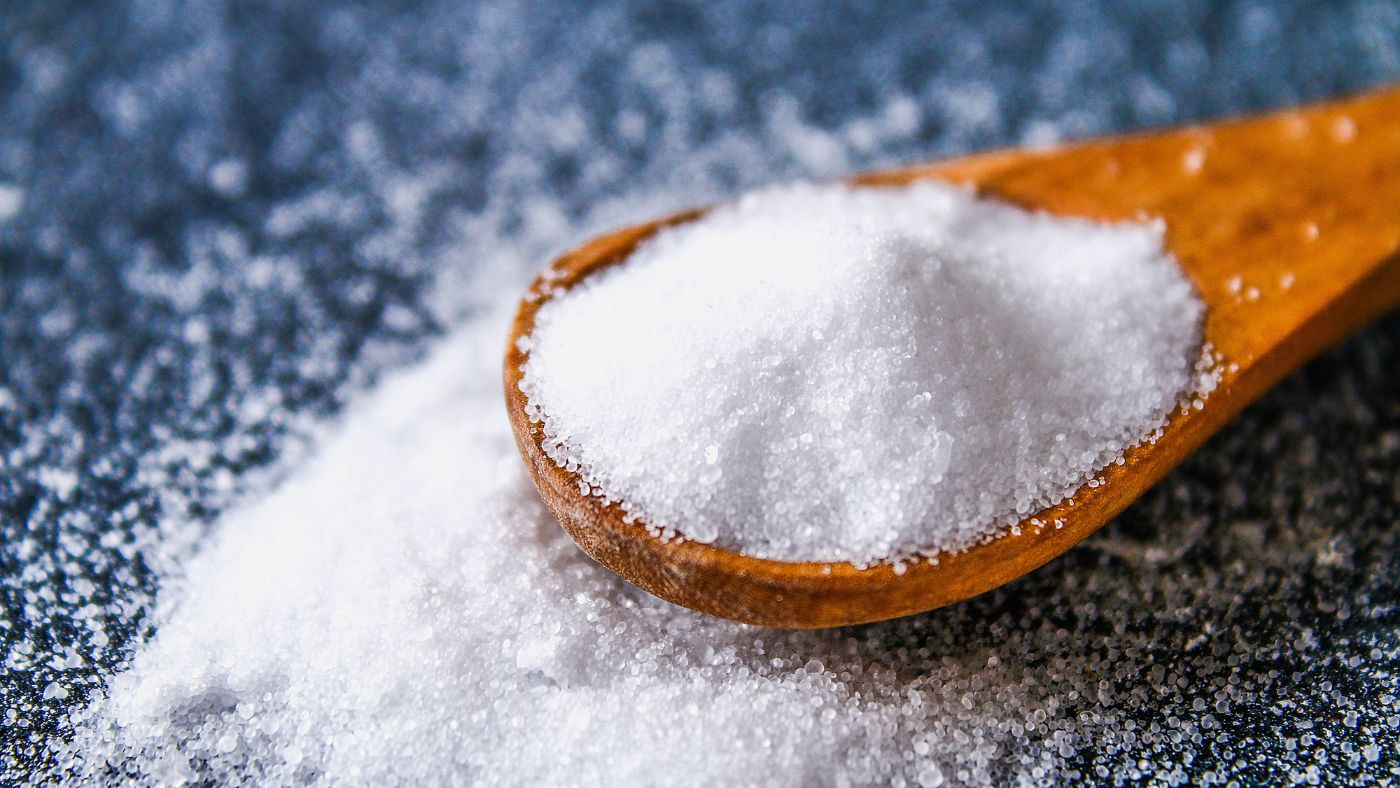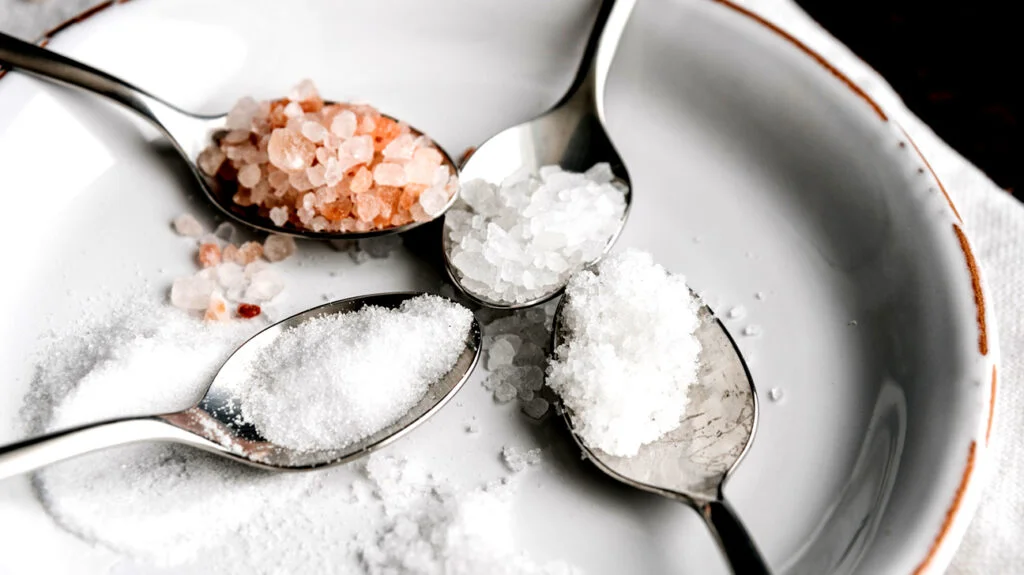Dietary habits, particularly sodium intake, play a crucial role in the battle against heart disease. A recent study has uncovered a troubling trend: individuals diagnosed with heart disease are consuming more than double the recommended daily sodium intake.
This revelation, presented at the Annual Scientific Session of the American College of Cardiology (ACC), highlights the widespread challenge of maintaining a heart-healthy diet, an issue that affects people across different socioeconomic backgrounds.
“Sodium, while essential for human health, becomes problematic when consumed excessively,” notes the report.
High sodium levels can increase blood pressure, causing damage to blood vessels and increasing the heart’s workload.
This escalation in pressure and workload can lead to severe complications such as heart failure, due to heightened fluid retention.
In response, the U.S. Dietary Guidelines recommend a daily sodium intake limit of less than 2,300 mg for most adults.
For individuals with cardiovascular diseases, the threshold is stricter—no more than 1,500 mg per day—a recommendation supported by both the American College of Cardiology and the American Heart Association.
The study examined the eating habits of over 3,100 heart disease patients and revealed a concerning fact: 89% of the participants exceeded the 1,500 mg daily sodium limit, with an average consumption rate more than double the recommended amount.
“This excessive intake underscores the difficulty in adhering to dietary recommendations and underscores the need for practical solutions to support patients in managing their sodium intake effectively,” says Dr. Elsie Kodjoe, the study’s lead author.
The research, drawing on data from the National Health and Nutrition Examination Survey spanning 2009–2018, estimated sodium intake based on self-reported food consumption over 24 hours.
It found that participants with cardiovascular disease averaged 3,096 mg of sodium daily—slightly lower than the national average but significantly above recommended levels for heart health.

Dr. Kodjoe points out, “The relatively small difference in sodium intake suggests that people with cardiovascular disease are not significantly reducing their intake compared to the general population, and are consuming more than double the recommended amount.”
To facilitate adherence to dietary guidelines, Dr. Kodjoe suggests practical measures such as home cooking and careful food shopping, aiming to select products with no more than 140 mg of sodium per serving.
Additionally, she emphasizes the importance of raising awareness about sodium’s impact on heart health, advocating for both personal action and public education to encourage heart-healthy choices.
The study also explored sodium consumption across various socioeconomic groups, revealing no significant disparities adjusted for factors like age, sex, race, and education.
This underscores the universal challenge in reducing sodium intake, making it a broad public health concern rather than one limited to specific demographics.
Dr. Kodjoe concludes, “Adhering to sodium guidelines is a straightforward strategy individuals can adopt to reduce hospitalizations, healthcare costs, and the morbidity and mortality associated with cardiovascular disease.”
Despite relying on self-reported food consumption, the study provides valuable insights into sodium intake among heart disease patients, urging individuals and policymakers alike to prioritize dietary changes in combating cardiovascular disease.
